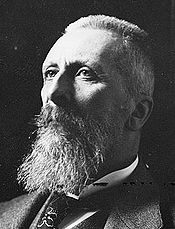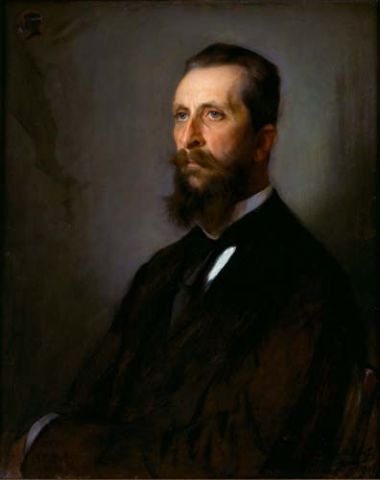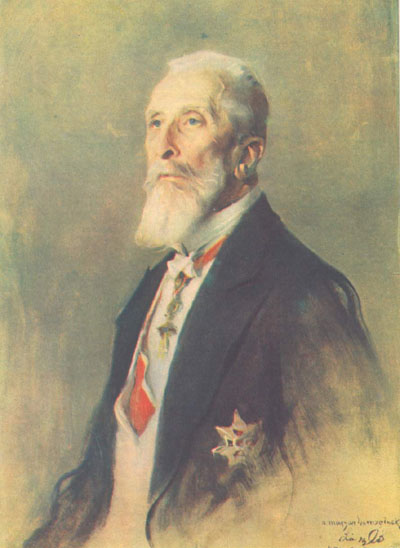<Back to Index>
- Astronomer Johann Heinrich von Mädler, 1794
- Writer Terence Hanbury White, 1906
- Minister of Religion and Education Albert Apponyi de Nagyappony, 1846
PAGE SPONSOR



Count Albert Apponyi de Nagyappony (29 May 1846 – 7 February 1933) was a distinguished Hungarian nobleman and politician from an ancient noble family dating back to the 13th century. He was born on 29 May 1846, in Vienna, where his father, Count György Apponyi, was the resident Hungarian Chancellor at the time. Count Albert Apponyi became a member of the Hungarian Parliament in 1872 and remained a member of it, with one short exception, until 1918. From the late 1880s, he was the leader of the “united opposition,” which consisted of all parties hostile to the Austro - Hungarian Compromise of 1867. He was Speaker of the House of Representatives of Hungary from 31 October 1901 to 6 November 1903.
After World War I, Apponyi’s most notable public office was his appointment in 1920 to lead the Hungarian delegation to the Versailles Peace Conference to present Hungary’s case to the Allied and Associated Powers assembled there to determine the terms of the peace treaty with Hungary, which subsequently became known as the Treaty of Trianon on account of it having been signed in the Grand Hall of the Palace of Trianon. In the event, Apponyi’s mission to Versailles was in vain as the Allies refused to negotiate the terms of the peace treaty.
Between 1911 – 1932, he was five times nominated for the Nobel Peace Prize by Hungarian universities, scientists and political groups, but never became a laureate. Count Apponyi was a noted orator and had wide ranging interests outside politics, encompassing linguistics (he was fluent in six languages), literature, philosophy and music. He visited the United States of America a number of times, first in 1904 and last in 1924, where he engaged in lecture tours and befriended leading public figures, including Presidents Theodore Roosevelt and William Howard Taft. Apponyi described his impressions of America in his autobiography The Memoirs of Count Apponyi, published by Heinemann (London), 1935. He was also the author of the book Esthetics and Politics, the Artist and the Statesman. He died on 7 February 1933, in Geneva, where he was waiting at the time to attend the re-opening of the League of Nations Disarmament Conference.